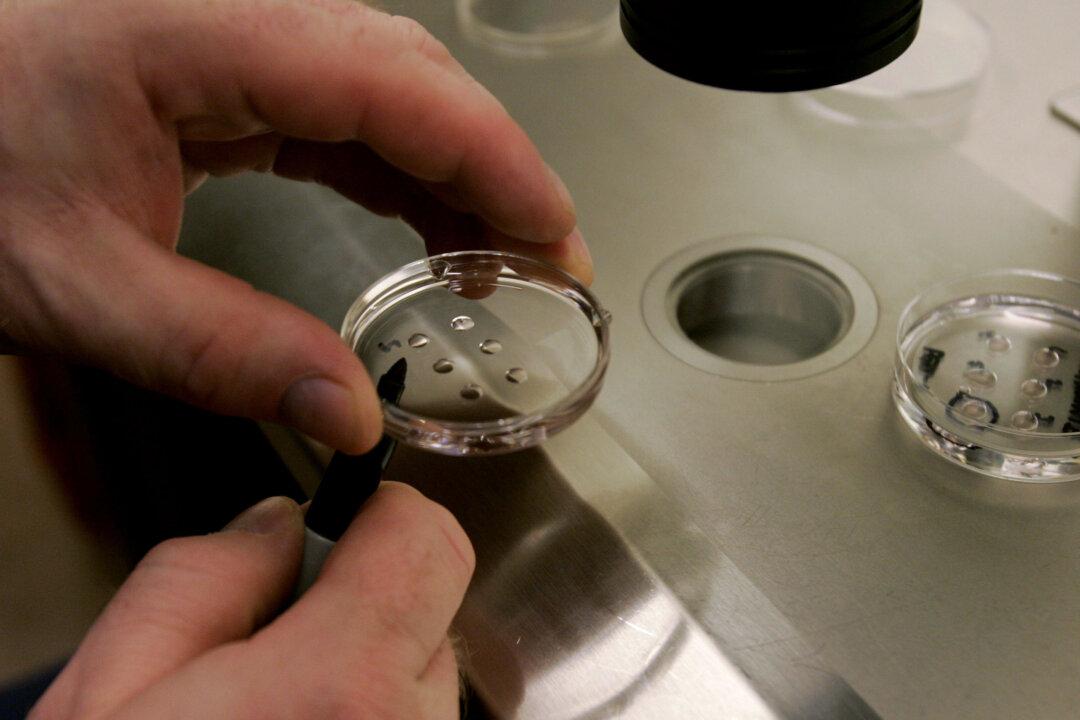A potential reason for the increased risk of birth defects associated with pregnancies achieved through assisted reproductive technology (ART) has been found.
An Australian study revealed that in vitro fertilisation (IVF) and intracytoplasmic sperm injection (ICSI) pregnancies had higher exposure to category D medications that could potentially harm the fetus.




